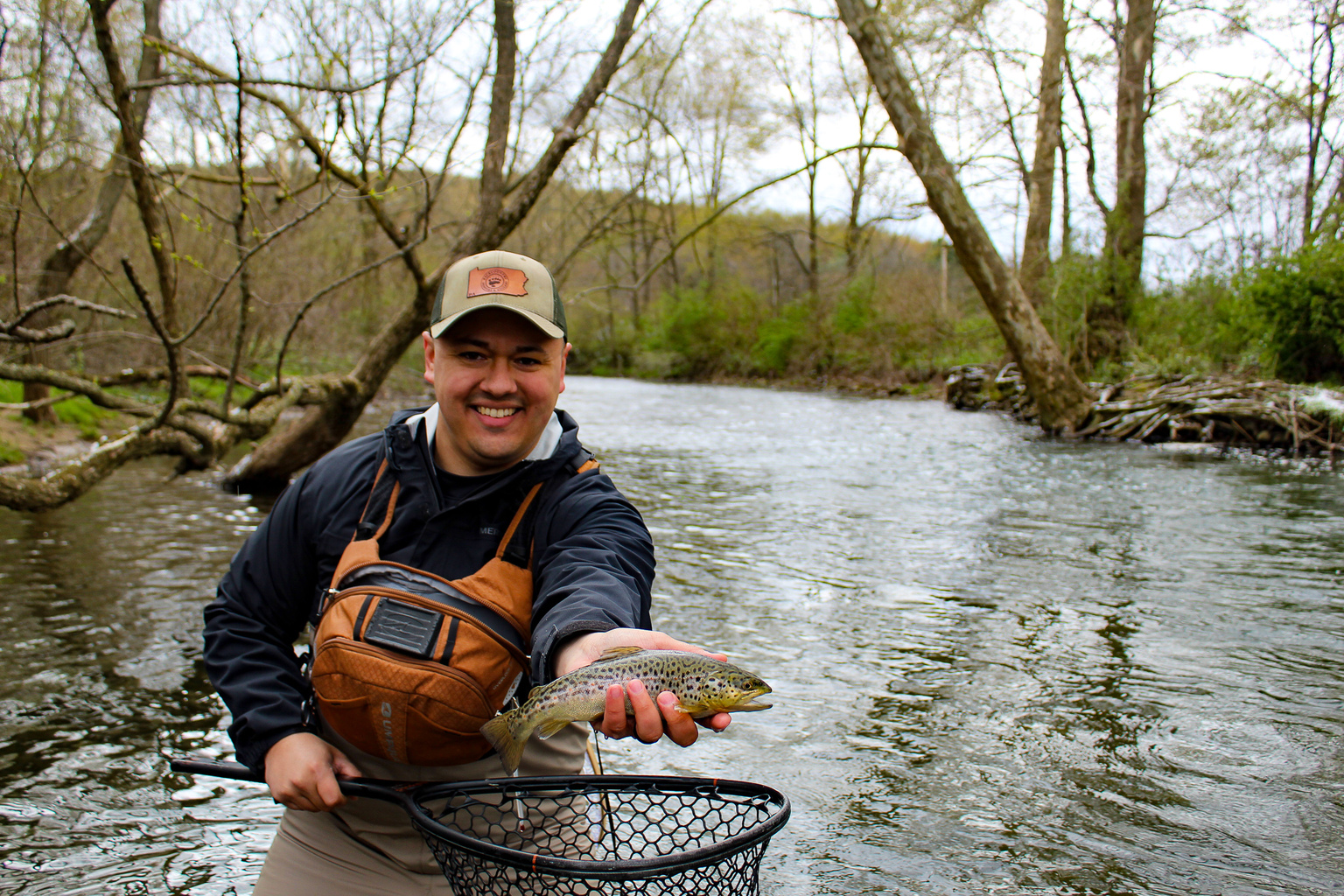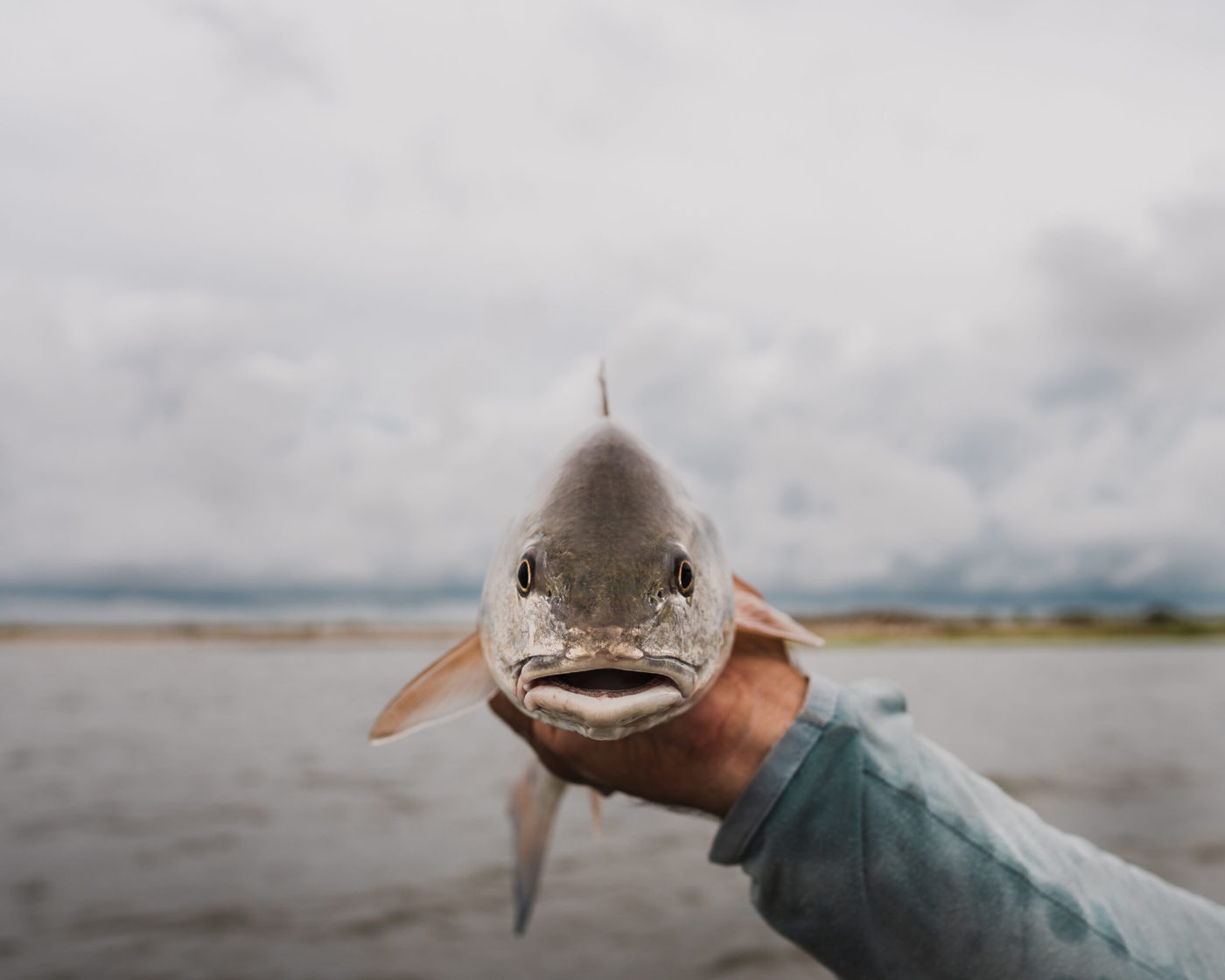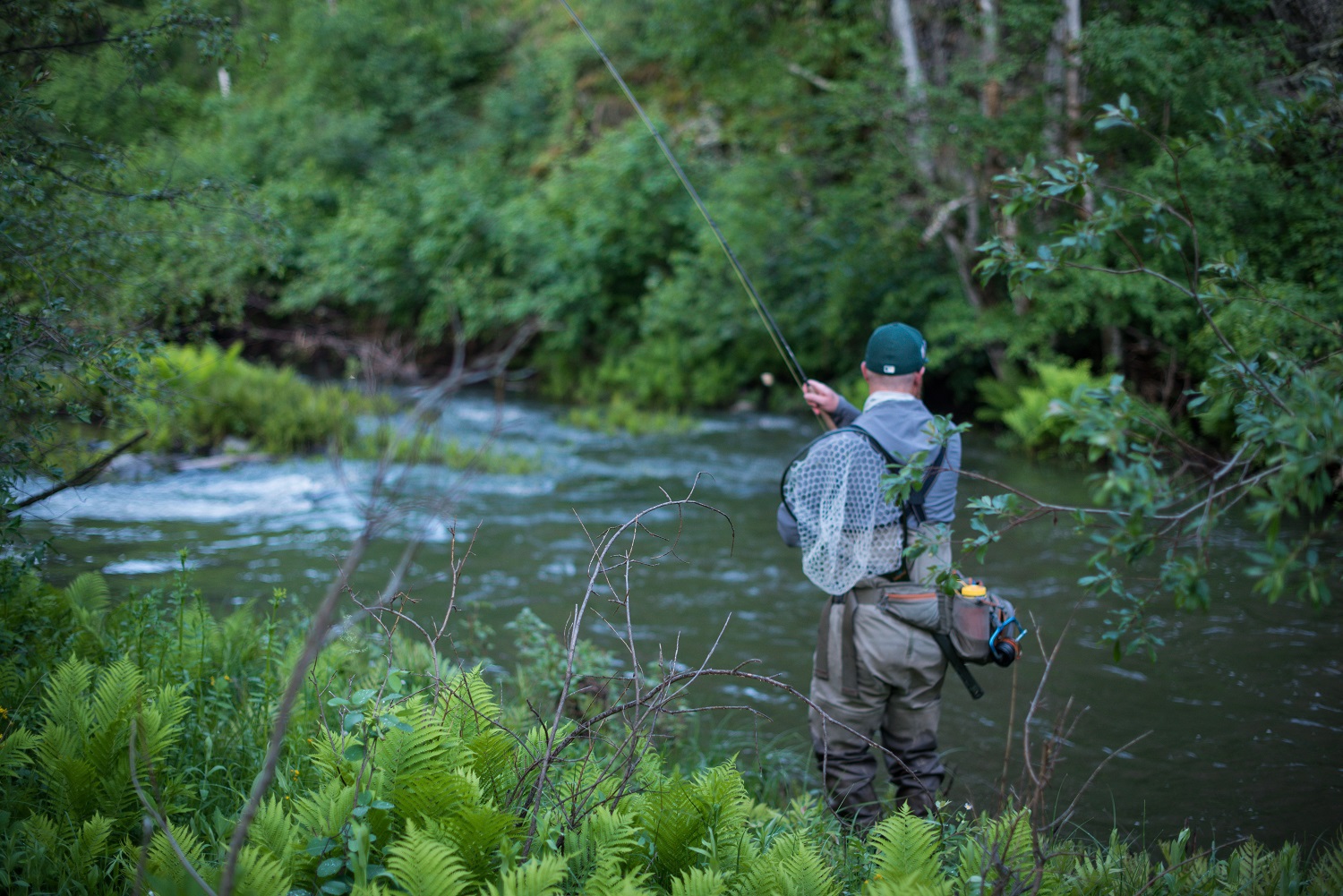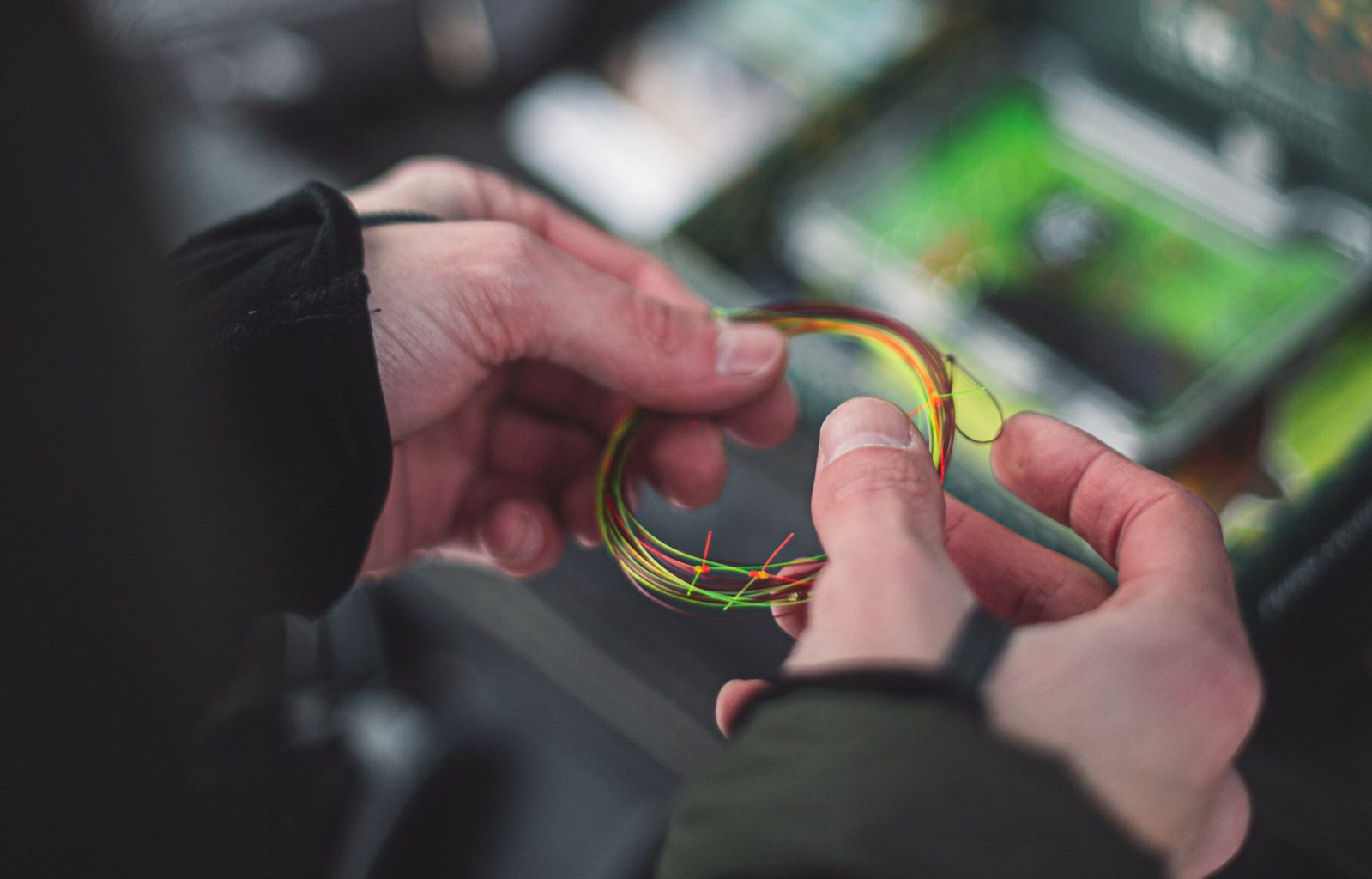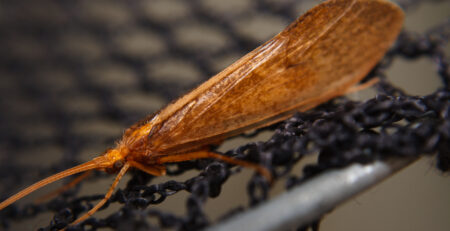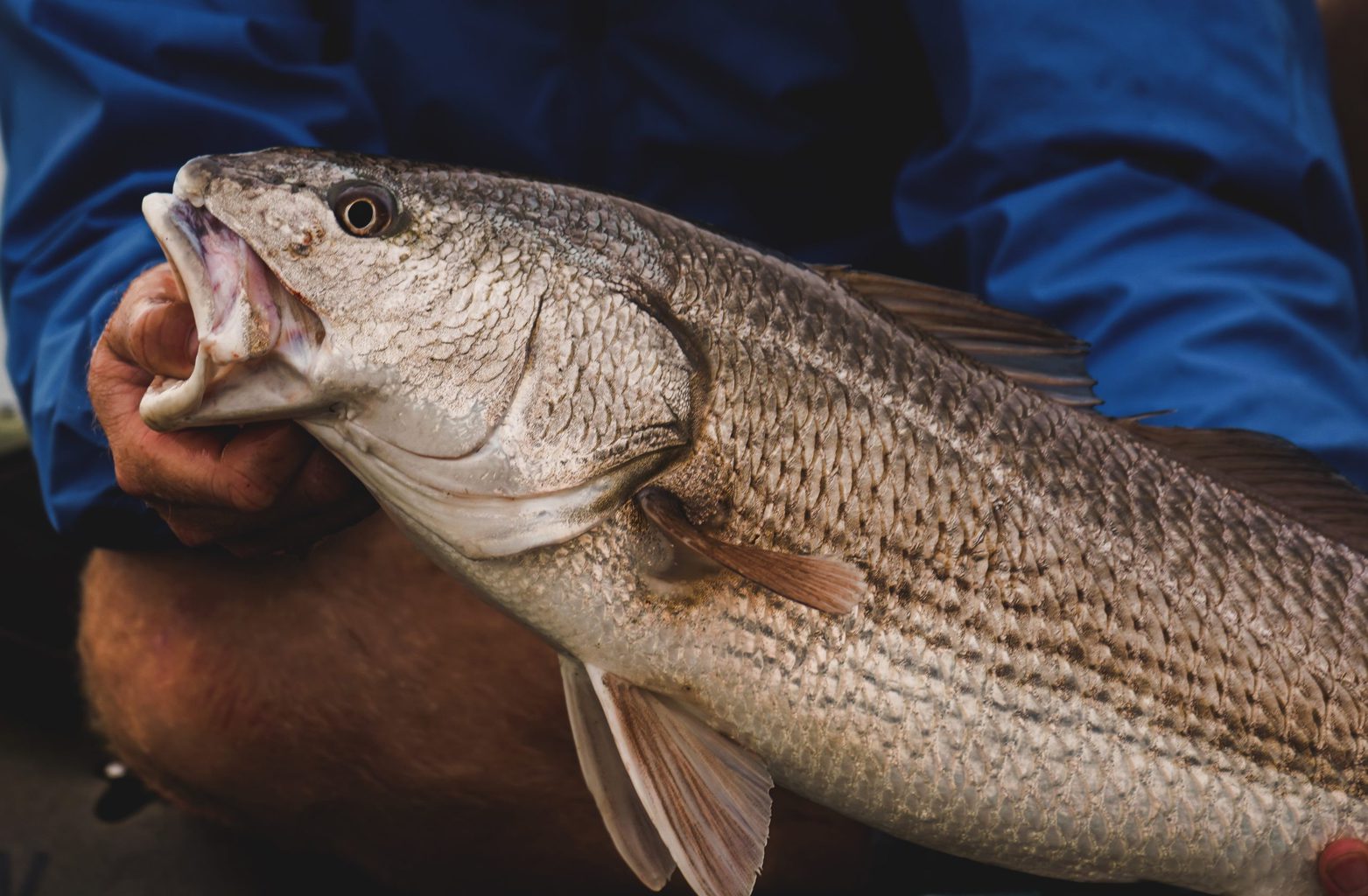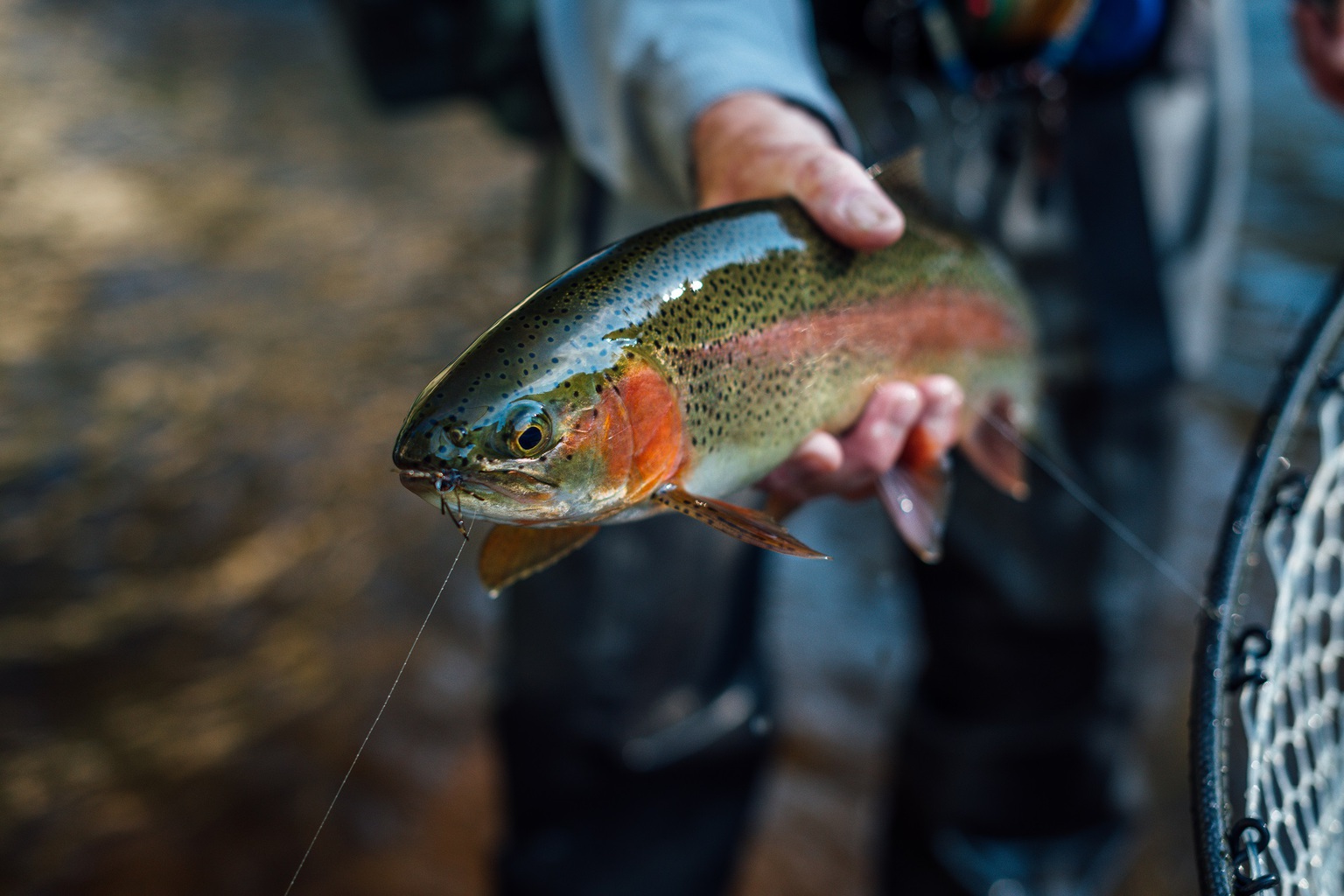How To Fly Fish Midge Flies
Midges are often overlooked and underutilized when fly fishing for trout on rivers and streams. Midges make up an important part of a fish’s diet. They are important to anglers too, because they are present in the water column year round. Although midges are small in size, they hatch in incredible numbers. They are the most hardy insects in both river and lake ecosystems. Midges can tolerate extreme temperatures and varying degrees of water quality. The importance of midges in a river ecosystem and understanding how to fish midge patterns is essential knowledge for fly fishing.
Table of contents

What’s The Best Time For Fly Fishing Midges
The best time to fish midges is year-round. They are the only trout food source that is available 365 days a year. Some seasons are better than others. Understanding the midge life cycle is critical to knowing when to fly fish midges. Below are a few general guidelines per the seasons.
Winter
Fish midge patterns at all times in tandem with tiny egg patterns, tiny San Juan Worms, and tiny leech patterns. This is often the only aquatic insect present in cold highly oxygenated water.
Spring
Fish midge patterns pre-runoff with both large and small egg patterns, Squirmy Worms, Small Pats Rubber Legs, and larger egg patterns too. Fish will still be keyed in on midges, but will start to eat larger flies in preparation for the spring spawn.
Summer
Fish midge patterns pre-hatch and especially post hatch. Once a hatch is complete and all the bugs have left the river, midges will still be present. Fish will switch to midges for the remainder of the day and so should you.
Fall
September is an ideal time to fish midge patterns. The summer hatches are mostly through. In the time between the fall spawn and post-summer insect activity, the river can seem barren. Fish midge patterns to un-suspecting trout that are worn out from larger fly patterns and warm water.

How To Set Up Your Midge Rig
Having confidence in your fly selection is important. Midges are extremely small aquatic insects. Before you rig your fly rod, get mentally prepared and have confidence that fish can indeed see the flies. Fishing confidently is step number one no matter what pattern you choose.
Basic Nymphing Rig For Midges
Most of my midge fishing is done on highly pressured tail waters in Colorado with ultra clear water. Your rig might be different depending on where you fly fish, but generally speaking below are some good all around rigs to get started fishing midge patterns.
Since we are using tiny flies in sizes #18 to #26, we need to choose a leader and tippet material that is appropriate for fishing midges. Generally, when fly fishing midges, a 7.5 ft 4x tapered leader is a good place to start.
I prefer to cut the leader back a foot and add 12″-16″ of 5x fluorocarbon tippet. Next, I add 18″-20″ of 6x fluorocarbon tippet to the 5x tippet (tippet to leader connection is achieved with a triple overhand surgeon’s knot. This is easy to tie, especially in cold weather.). At the end of the 6X tippet, I tie my point fly, or first fly. In the springtime, my first fly is usually a small #20 tactical blue wing olive fly or 6mm egg pattern. Lastly, I add 18″-24″ of 6x fluorocarbon tippet from either the eye of the first fly or from the bend of the hook. My second and final fly is my midge pattern in a size no larger than size #20. If conditions call for it, I will downsize to 7x and fish midges in sizes #24-#26.

Adding Split Shot To Your Nymphing Rig
After you complete your initial fly fishing setup, you are going to need to add weight and an indicator. The purpose of cutting back the leader and adding two sections of tippet is so that you have two different places to place weight when presenting your flies. In addition, it reduces the overall length of your leader and gives you more control over the fly presentation.
Having the ability to move your split shot up or down without it sliding down the leader gives you a great advantage when fishing light tippet and a lightly weighted midge pattern. One of the most important points to consider when nymphing is to present your flies to the correct depth in the water column where fish are holding and feeding. This double knot fly fishing rig helps achieve that goal. Moving your weight up and down the leader allows different presentations which simulate varying degrees of the insect’s lifecycle.

Using A Strike Indicator For Midges
In spring and winter, when fishing heavily pressured fish in clear water, it might help to downsize your strike indicator. Bubble-type strike indicators are buoyant enough to fish multiple nymphs at once and even tungsten beaded flies through fast water. I prefer Airlock biodegradable strike indicators in 1/2″ size. White looks natural, as it is very similar to air bubbles also on the surface of the water. You can also color white indicators with a black Sharpie for a more tactical approach.
Yarn strike indicators can be very effective for weary fish too. In addition, they are the most sensitive strike indicators for detecting subtle strikes. Often times trout are in a lethargic winter state, a trout’s take will be underwhelming. A sensitive strike indicator can give you an advantage in tough midge nymph fishing situations.
In slower moving pools and runs, using a larger dry fly as a strike indicator that’s buoyant enough to stay afloat with the weight of your midge flies below is a great way to present your flies. You also have a chance to catch trout on your dry fly above if they ignore your midge flies. If you do decide to fish a dry fly as a strike indicator this way, which is called a dry-dropper rig, use a dry fly that imitates something that is already present on the stream. For example, choosing a large mayfly, caddis fly, stonefly, ant, or grasshopper would all be good choices.
Casting Strike Indicators
Cast 6 to 10 feet upstream of where you are trying to fish to avoid spooking the trout. Strike indicators are known for causing a heavy splash and lots of disturbance on the water when it’s cast. So it’s best to cast ahead of where you want your flies to drift through so the fish don’t swim away or stop feeding.
Also, casting several feet upstream also allows your nymphs time to sink to proper feeding levels, which are typically near the bottom of the river. In some cases, you may need to cast farther upstream depending on how fast the water is flowing. Usually, the faster the water is flowing the greater the distance you need to cast upstream for your flies to sink to the proper depth.

The Midge Lifecycle
Midges hatch year-round. They can tolerate varying degrees of oxygenated water. Whether you fly fish on the East Coast, West Coast, lakes, or rivers, midges are hatching in waters near you. Due to their ability to adapt to low and high degrees of oxygenated water, they are found in clear streams, mountain lakes, or even muddy marginal trout waters. Their quantity and year round presence make them a significant part of a fish’s diet. In some cases, a trout’s diet is made up of 50% midges. In winter they make up nearly 100% of a fish’s diet.
Similar to caddis flies, midges go through a complete metamorphosis: egg, larva, pupa, and adult. Fly anglers should focus on understanding three phases of a midges lifecycle: larva, pupa, and adult.
Midge Larva
Midge eggs are laid in the water. They take anywhere from 2 to 10 days for the eggs to hatch and turn in to larva. The larval stage is the longest stage of a midges life cycle. Upon hatching, the larvae will burrow into the substrate of the river or lake.
Midge Larvae have hard heads with long segmented tube like bodies (1-3mm). They are very similar in appearance to tiny meal worms. They can spend up to 9 months of their life cycle in the larval stage. There are both biting and non-biting midge species. Fly anglers should focus on the non-biting variety. This the most diverse group of insects that an angler will be confronted with when fly fishing. Therefore, don’t worry about figuring out which species is hatching. Focus on the size and color of midges on and in the water.
Non-biting midge larvae are also known as blood worms. Blood midges have hemoglobin which make them red in color. Hemoglobin allows midges to occupy bodies of water that are low in oxygen. This means that midges can live in dirty warm water as well as cold clear rivers. They can also be black, tan, brown, and dark olive. This is an important fact for anglers, because to anglers, because midge larvae imitations should often be tied in red or black.

How To Fly Fish A Midge Larvae Fly
Midge larvae are constantly being knocked loose from the bottom of the river and drifting in the current of the river. The scientific term for this phenomenon is known as continual drift. Since midge larva are found in the substrate of the river, under rocks, and in detritus, anglers should focus on fishing midge larvae imitations deep in the water column. Nymphing midge patterns deep often requires adding weight to your leader. Midge larvae imitations can range in sizes from ultra small #28 to size #18.
A two-fly rig nymph under a strike indicator is an excellent option when fishing midge patterns. In winter and spring, an egg pattern or squirmy worm is a solid choice for your first fly. Tie 18″-24″ of 6x fluorocarbon to the eye of your point fly, or from the bend of your first flies hook. You can also fish two midge patterns or a very small blue-wing olive pattern as your point fly. Fishing a blue-wing olive pattern in spring and late fall can be a solid way to cover both potential food sources in a single rig.
Midge Pupa
While midge larva experience continual drift due to water currents or a disturbance to the river’s substrate, a midge pupae is the portion of a midge’s life cycle where they are purposely hatching and emerging to the river’s surface.. This offers anglers an opportunity to specifically target a midge hatch, and feeding fish recognize this opportunity too.
As midge larvae crawl out of the river’s substrate they undergo a transformation from larva to pupa. A midge larva’s thorax starts to swell and enlarge during the pupal stage. Much like a caddis fly, they need help swimming to the surface of the river. For this reason, they will trap an air bubble in their thorax between their skin and pupal shuck.
For fly anglers, midge pupa fly patterns should reflect this change in biology. Most midge patterns that reflect the pupal stage are tied with more material than a larval pattern. This addition in tying material gives small flies the proper pupal profile. In addition, emerger patterns will often incorporate some type of flash to simulate the air bubble that a midge uses for increased buoyancy. Fish will key in on a midges shiny air bubble.
During the pupal stage, midges tend to be found in the middle of the water column all the way to the surface of the water. Similar to other aquatic insects like mayflies and caddis flies, midges have a difficult time breaking through the meniscus of the surface of the river. The meniscus is the strong tension of the water’s surface that creates an almost impenetrable wall. Aquatic insects have to crawl and punch their way through this tough barrier. Many midges will not be able to make it through the meniscus or get stuck. Midges stuck in the meniscus are an easy target, and it is here that selective trout capitalize on an easy meal.

How To Fish A Midge Pupa Fly
Fly fishermen can fish emerger patterns almost anywhere in the water column. That being said, they are most effective in the mid to upper portions of the river. During the winter, midge emerges can be nymphed deep and slow under an indicator. You can fish these as a single fly, but a tandem rig presents fish with other options, such as a B.W.O., small egg, or small San Juan worm.
A dry dropper rig is an effective method for catching trout during the summer months. Fishing a larger dry pattern or small piece of foam as your point fly with midge pupae imitations as your dropper fly is a solid option when the main of the hatch of the day fades. Because the flies are so small, use ultra-light tippet in 5x,6x, or 7x for your dropper fly. Fluorocarbon is best in these situations. Fluorocarbon does not refract light, so it is virtually invisible underwater.
Selective trout that key in on a specific hatch will switch to midges once the main hatch has passed. As a general rule of thumb, trout will usually choose the insect that is the greatest in number. Late in the day, midges are the most prolific insect in the water.
Many anglers fail to take advantage of this opportunity to adapt to the only remaining hatch of the day. Most anglers head for the car when the bulk of the hatches are over. This is an excellent opportunity for fly fishermen to exploit this opportunity to catch more fish.
If trout are rising and eating aquatic insects on the surface of the water, then take note of their rise form. Rising fish that are eating midge emergers will look like porpoises. Instead of seeing a trout’s wide open mouth eat an adult midge on the surface of the water, you will only see a trout’s back and dorsal fin.
This rising form is often mistaken for fish-eating adults on the surface. Porpoising fish are selective fish taking emerging midges stuck in the meniscus portion of the water column. This is the ideal time to fish an emerger pattern, that hangs in the meniscus and simulates struggling midge. Midge flies that hang low on the surface of the water or just under the surface are the right choice here.
Emerging midge patterns such as the Klinkhammer midge will usually catch fish that will not eat a true dry fly. In addition, using a two-fly, dry-fly rig, can be an effective dry-fly fishing technique. The first fly can be an attractor pattern or midge dry fly pattern with a hi-vis post.
Midge dry flies and emerger patterns are very small, it is helpful to have a point fly that is visible when fishing a two-fly dry fly setup. Tie 24-inch to 18-inch of fluorocarbon tippet to the bend of your first hook. Using a juju bee midge or top secret midge fly pattern, grease the tippet or touch up the emerger fly with dry dust. With this tandem rig, you can cover both the adult stage of the midge life cycle with a true dry fly, and the emerging stage of midge hatch with the second fly.

Adult Midges
Once a midge pupa pushes out of its pupal sheath, it will force its way through the meniscus of the surface of the river. It is now an adult midge. Adult midges will blanket the surface of the river and the sheet volume of individuals present can make for some amazing dry fly fishing. Adult midges must spend time floating on the surface of the water to dry their wings. Midge adults will often congregate and form clumps of floating insects.
While a single midge isn’t a high calorie diet in and of itself, clumps of midges form irresistible morsels of floating trout food. An epic hatch of midge flies on the surface of the river is when midge fly fishing is at its best. Anglers have several dry fly rig options when dry fly fishing a midge hatch.

How To Fish Adult Midge Dry Flies
First, you could fish a single midge dry fly midge pattern. This is an effective technique; however, a midge dry fly pattern is a small fly that is difficult for most anglers to see. Therefore, you are often guessing when a trout eats your fly solely based on the position of a tout rise form in relation to where you think your fly is.
For this reason, some anglers prefer to fish tiny dry flies in tandem. Your first dry fly could be something easier to see, like a hi-vis Griffith’s Gnat. Your second fly could then be a CDC midge emerger. Trout love both patterns. The CDC emerger midge is an effective pattern because cdc has life like qualities and it sits low in the water. This fly pattern hovers in the zone between adult midge and the emerging midge, so you’re covering two portions of a midge hatch with one fly.
One key to having more success when dry fishing midge adult patterns to rising trout, is to choose a longer leader. A 9 ft 5x tapered leader with 24″ of 6x added is a great place to start.
Longer leaders will reduce accuracy when casting a small midge pattern, but it will give you a longer drag-free drift. Since these flies are difficult to see for many fly fishermen, the longer leader will give you a few extra seconds of drag-free drift. This is helpful when you are trying to find your fly or if you are battling different current speeds against your fly line.
An effective technique if you are fly fishing two small midge patterns on the surface, is to make your cast, twitch the fly, and then make your mend accordingly. The twitch will create a small wake, which allows you to see where the fly landed.
Recommended Reading: How to Mend Your Fly Line

8 Best Midge Flies for Fly Fishing
What’s the best midge patterns for fly fishing? That depends on where you fish. Your local fly shop should be able to point you in the right direction for specific patterns for the region that you fish. For our purposes, we are going to focus on fly patterns that seem to work universally well across different geographic regions. Here are a few of our favorite.
Larvae Flies

The Zebra Midge is a fantastic all around midge nymph pattern that works well in lakes, rivers and spring creeks. It works well as a dropper in a dry dropper rig or nymphed under and indicator.

This tactical midge fly pattern that is tied on a jig hook is a solid option when fishing midges in a dry dropper setup. Tactical jig flies are tied with tungsten beads which get the fly depth very quickly.

The brassie is a classic fly pattern that works universally well in many different places. The deep brassie is a twist on a classic brassie pattern. Tied with with extra heavy wire and tungsten bead head. This fly gets down in the water column and stays in the strike zone.
Pupae Midge Flies

This is a well known Charlie Craven fly pattern. This fly has nice slim profile with some added flash to simulate that thorax air bubble we discussed earlier. The Juju Bee Midge is excellent as an emerger midge pattern. It can be nymped or fished in the surface film as a second fly in a dry/emerger setup.

The RS2 is a don’t leave home without it type of emerger fly pattern. It is extremely versatile. It can be nymphed effectively at various depths. It also can be dressed with floatant to hang in the surface film. A slim profile and underwhelming design seems to be effective on selective trout eating emergers in the surface film of the river.

Similar to a classic Klinkhammer emerger pattern, the parachute midge fly hangs in the surface film. This fly perfectly simulates a midge stuck in the meniscus of the river. In a trout’s world, insects in the meniscus are low hanging fruit and make easy targets.
Adult Midge Patterns

Simulating clumps of adult midges on the surface of the river, the Griffiths Gnat is a classic fly pattern that works. The hi-vis version is an excellent fly when using it as a sighter in a two fly dry fly setup.

The I can see it midge has a hi-vis orange post that helps you pick it up on the water. This fly in tandem with a emerger pattern is solid choice when fishing dry flies to rising trout.
Fly Fishing Made Easy 👍
Our Quarterly Fly Club ships 1,000’s of flies to anglers all across the United States. Receive curated fly assortments selected for the season with in-depth articles on how to fish them. Great for beginners to learn and for intermediates to discover new flies.



